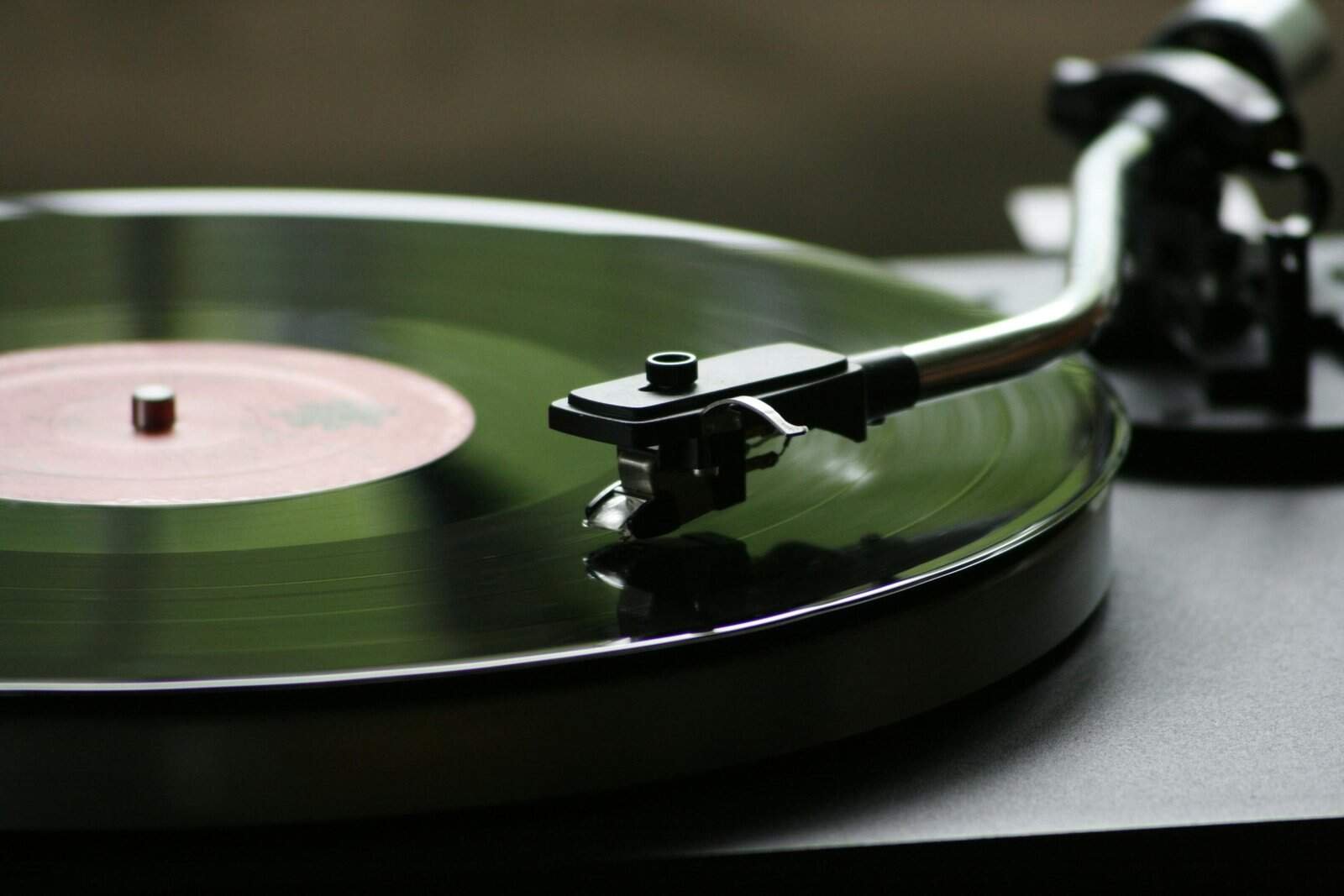Record Skipping? How Tonearm Adjustments Can Save Your Vinyl
Heads up: This guide contains affiliate links. If you buy through them, we may earn a small commission — at no extra cost to you.
Why do records skip?
Record skipping occurs when the stylus can’t stay properly seated in the groove. That can happen for a few reasons: dust and dirt on the record surface, scratches or warping, or even a poorly pressed disc. But the most common culprit is the turntable setup itself. If the tracking force is too light, the needle doesn’t press firmly enough into the groove. If anti-skate is off, the stylus may drift to one side and lose contact. And if the tonearm angle is wrong, the stylus doesn’t align correctly as it tracks across the record.
The good news? Most of these problems aren’t permanent damage—they’re adjustments you can make at home.
Tracking Force, Anti-Skate, and VTA
If you’ve spent money on a record player only to have your favorite album start jumping across the grooves, you’re not alone. Record skipping is one of the most common frustrations for new vinyl listeners, and the good news is it usually has a fix. More often than not, the problem isn’t the record itself—it’s the setup of your turntable’s tonearm. The balance of tracking force (VTF), anti-skate, and vertical tracking angle (VTA) all determine how the stylus sits in the groove. Get those adjustments right, and your records will play smoothly. Get them wrong, and skipping, distortion, or uneven wear are almost guaranteed.
Tracking Force (VTF)
Tracking force is the downward pressure of the stylus on the record. Set it to the cartridge maker’s recommended range (in grams). Too low causes mis-tracking and groove damage; too high dulls the sound and accelerates wear.
What you need
- Cartridge spec sheet (recommended VTF range)
- Tonearm counterweight
- Optional: digital stylus force gauge
How to set it
- Set anti-skate to 0.
- Balance the arm so it floats level; set the dial to 0 without moving the counterweight.
- Rotate the counterweight to the target VTF (e.g., 2.0 g).
- Verify on a digital scale at record height and fine-tune as needed.
Common symptoms
- Too low: sibilance, breakup on loud passages, inner-groove distortion, record skipping.
- Too high: muted highs, compressed dynamics, faster stylus/record wear.
Anti-Skate
Anti-skate counteracts the inward pull on a pivoted tonearm so the stylus loads both groove walls more evenly.
Quick start
- Set anti-skate ≈ your VTF value (e.g., 2.0 → 2).
- Play a steady vocal or string passage; listen for even left/right clarity.
- Adjust in small steps until balance improves and distortion minimizes.
Refinement options
- On a smooth/blank area, the arm should drift inward slowly, not race.
- Challenge tracks on a test disc: aim for clean tracking in both channels.
VTA (Vertical Tracking Angle)
VTA is the stylus’s vertical angle in the groove. A practical baseline is the tonearm parallel to the record while playing. Adjust only if you hear persistent tonal imbalance.
Practical steps
- Level the turntable and platter.
- Set the arm parallel to the record during playback.
- If sound is bright or thin, lower the rear slightly. If warm or thick, raise slightly.
- Re-check VTF after any VTA change.
Quick Troubleshooting
- Sibilance/breakup: verify VTF, then anti-skate, then alignment.
- Channel imbalance: level the turntable, check azimuth visually, revisit anti-skate.
- Inner-groove distortion: confirm alignment and VTF, then try a small anti-skate tweak.
Recommended Setup Tools
The following tools are not required for set-up, but can prove very helpful with potentially improved accuracy and precision while making tonearm adjustments to apply a record skipping fix.
- Neoteck Digital Tracking Force Gauge
- Hudson Hi-Fi Cartridge Stylus Alignment Protractor Tool
- Nobsound Turntable Cartridge Alignment Kit
- Hudson Hi-Fi Turntable Strobe Disc Mat
- Ortofon Stereo Test Record
The Neoteck Digital Tracking Force Gauge is a compact tool that measures stylus tracking force with high accuracy, ensuring cartridges are set to manufacturer specifications. Essential for protecting vinyl and stylus life.
- Digital LCD display
- Measures up to 5g
- ±0.01g accuracy
- Compact design
The Hudson Hi-Fi High Contrast Protractor provides a clear, durable alignment grid for cartridge setup. Designed for 1/2-inch mount cartridges and S-shaped tonearms. Includes two null points for Baerwald alignment. Disclaimer: VTA ruler is not included and sold separately.
- High-contrast UV printing
- Durable ABS plastic
- Baerwald alignment grid
- Two-point alignment
- Lightweight and portable
This Nobsound setup kit provides everything needed for precise tonearm and cartridge alignment. Includes a digital stylus force gauge for accurate tracking force, azimuth ruler, printed protractor, and spirit levels to ensure your turntable is set correctly. Packaged in a protective case for convenience.
- Digital stylus force gauge
- Azimuth ruler
- Cartridge alignment protractor
- Bubble levels
- Protective case
The Hudson Hi-Fi Strobe Disc Mat serves as both a platter mat and a dual-purpose tool for setup. One side features a stroboscope pattern to verify accurate platter speed under standard light. The reverse side provides a cartridge alignment protractor for quick adjustments. Made from durable 2mm PVC in standard 12-inch size.
- 12-inch 2mm PVC disc
- Double-sided design
- Strobe markings for 331/3 & 45 RPM
- Cartridge alignment protractor
- Durable construction
The Ortofon Stereo Test Record provides a reliable way to evaluate and fine-tune cartridge and tonearm setup. Includes anti-skate test bands, channel identification, frequency sweeps, and tracking ability tracks. Designed for use with any turntable and cartridge to confirm correct alignment, tracking force, and system performance.
- Anti-skating test tracks; Channel identification and balance checks
- Frequency sweep tracks
- Tracking ability tests
- Standard 12-inch LP format







